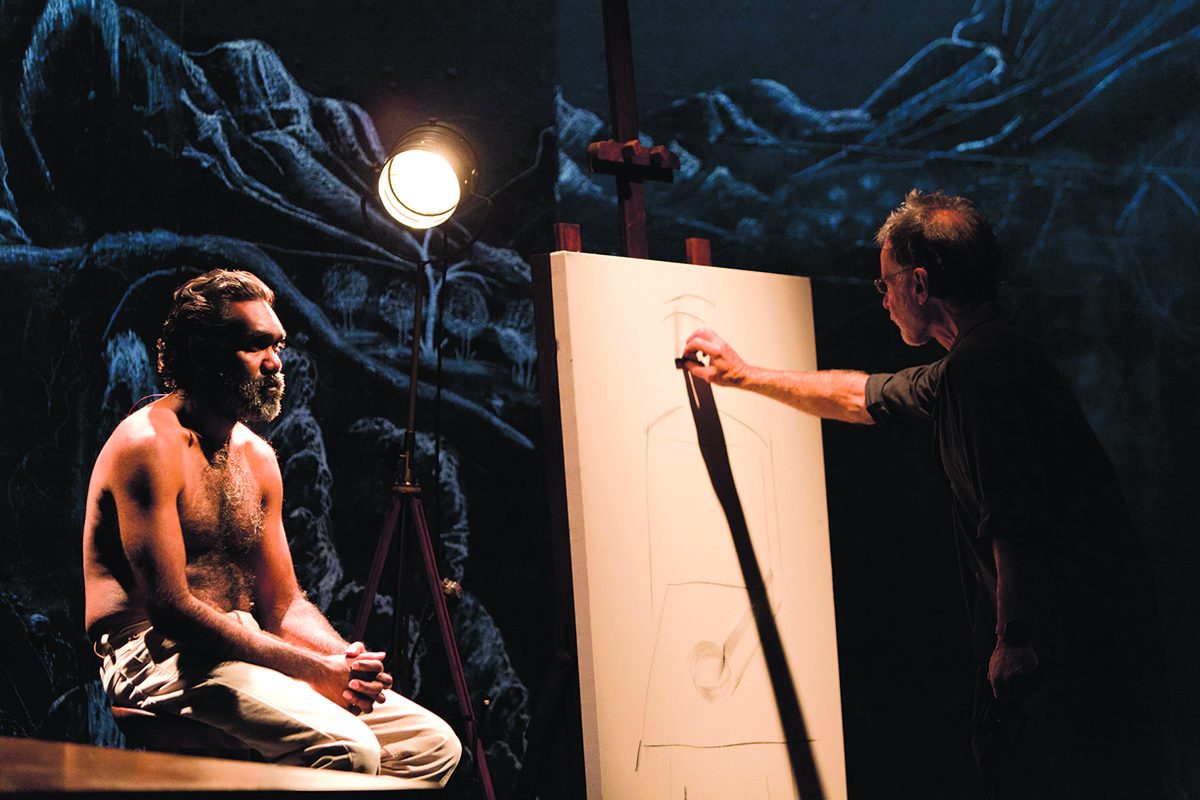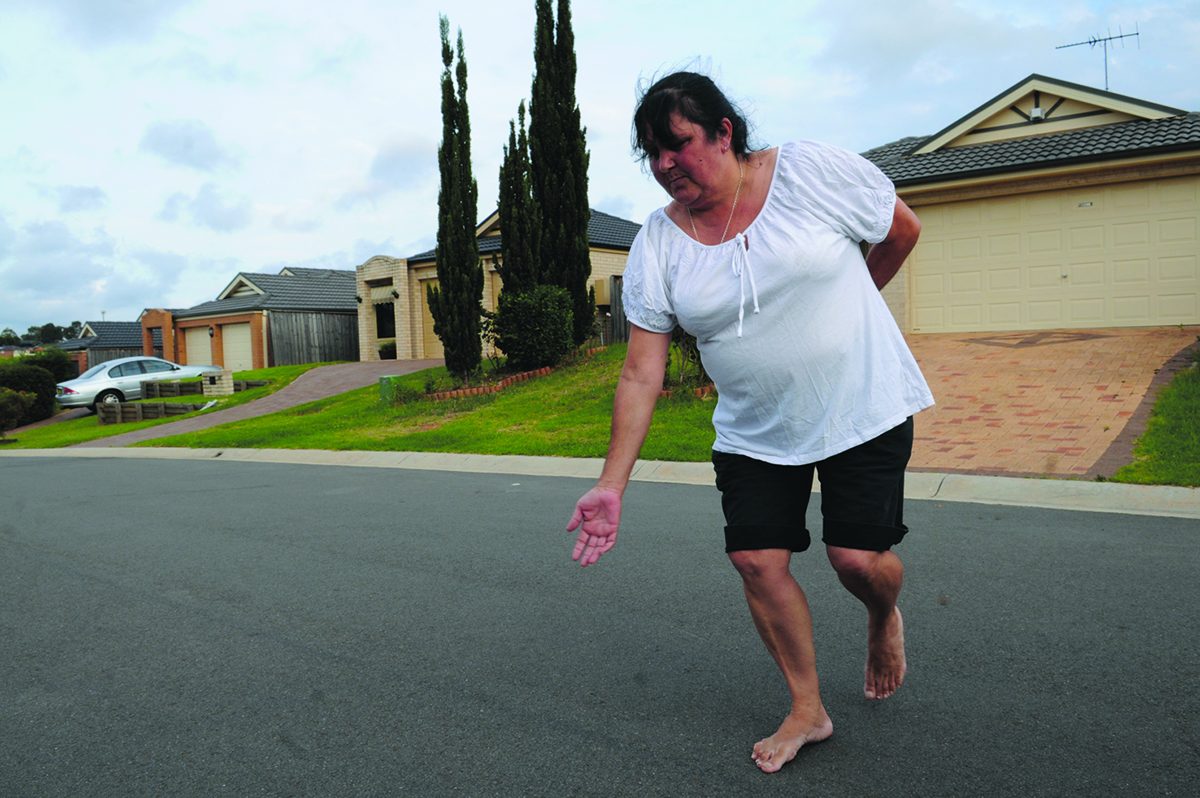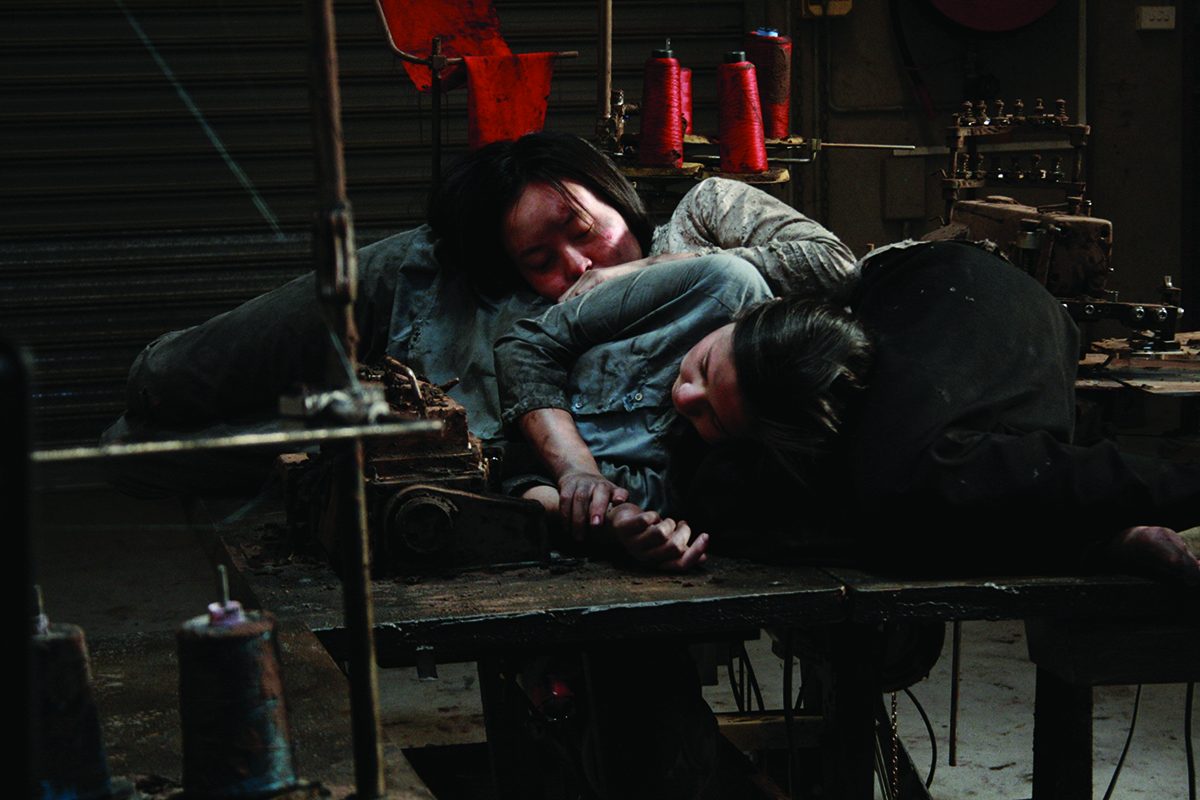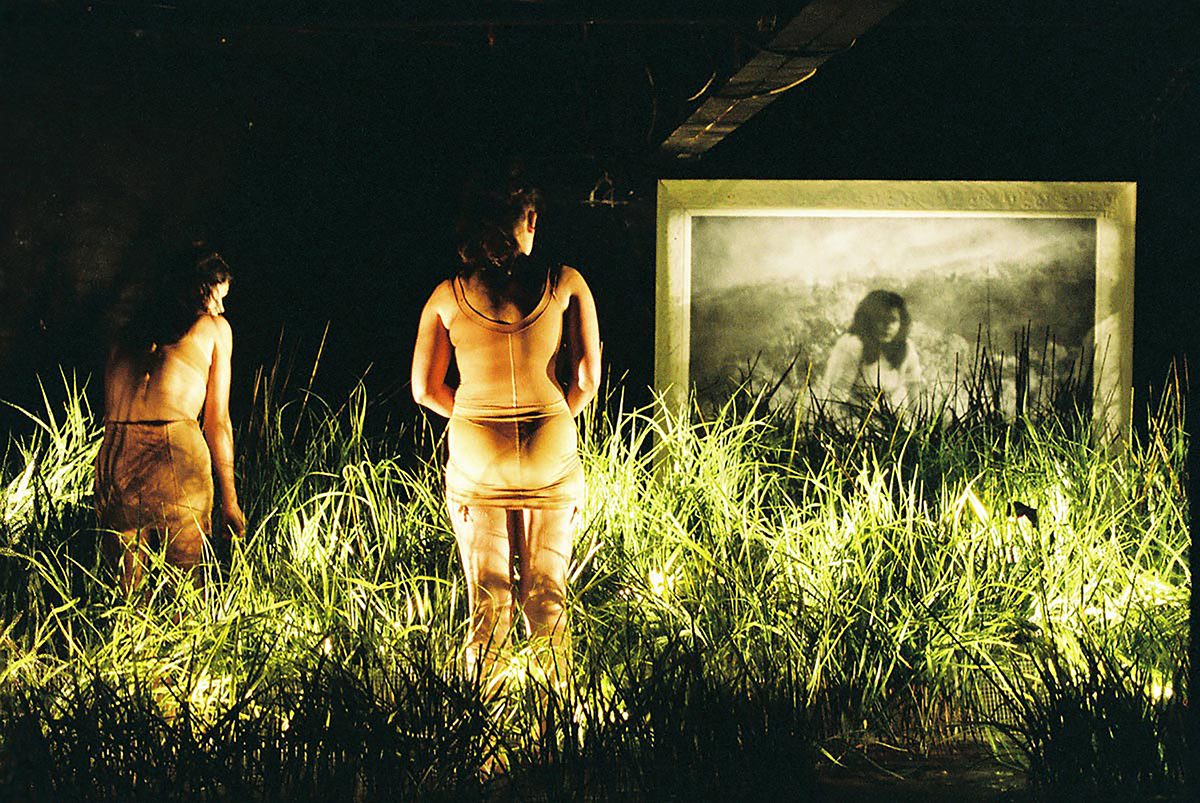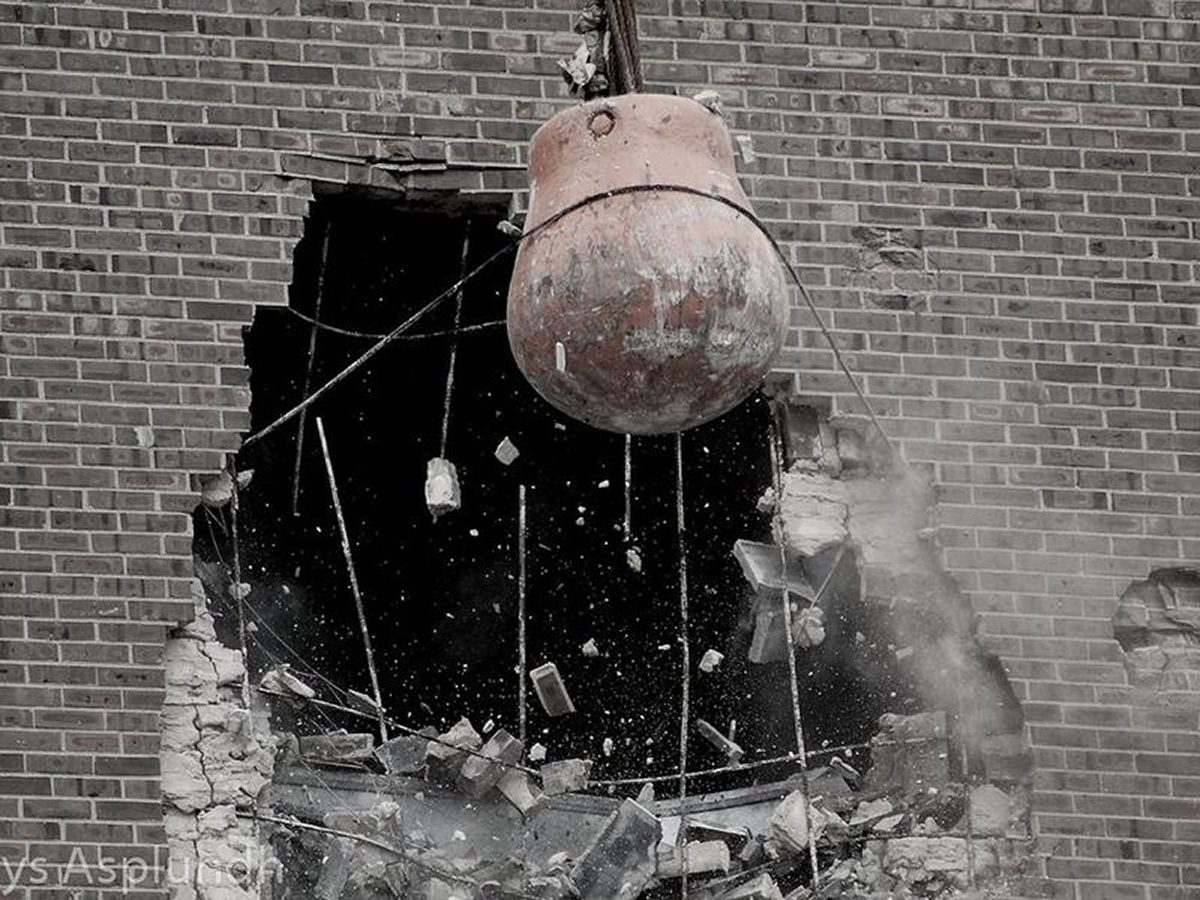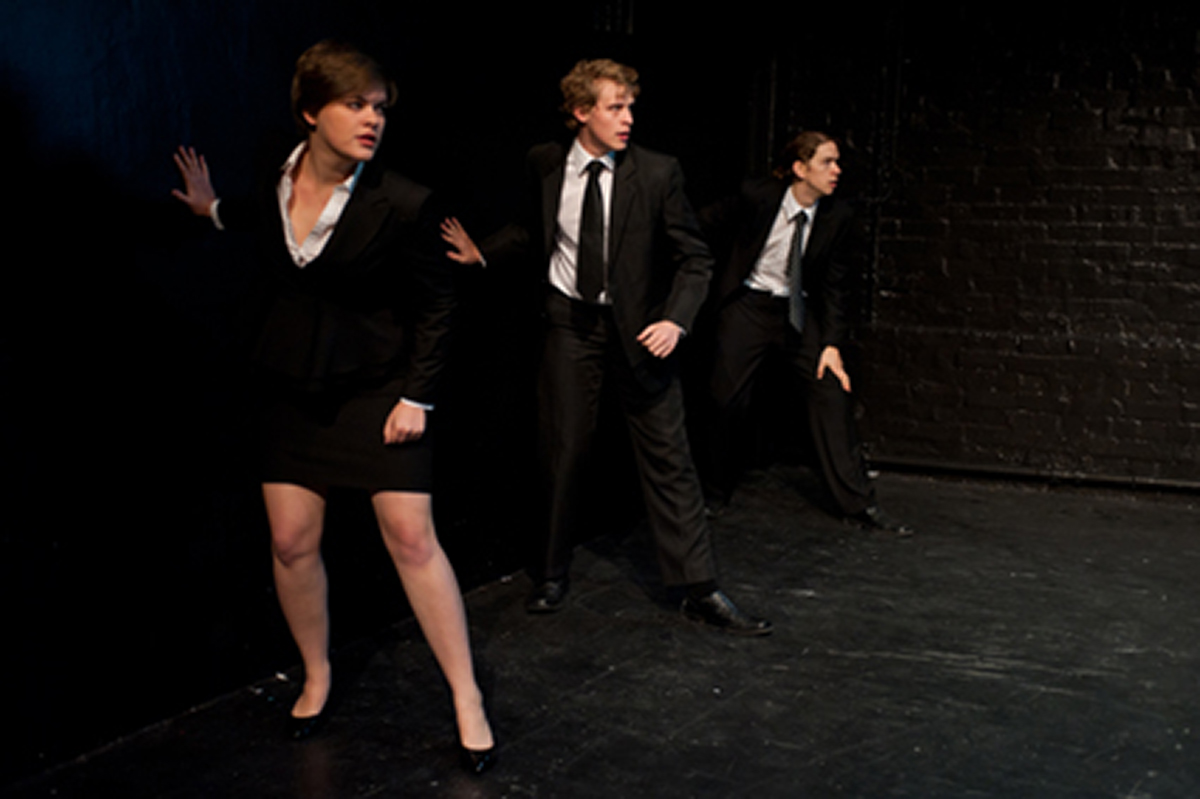
(In)formative reviewing: a decade of Sydney performance
From 2007 to 2017, over the course of roughly 50 issues (RT82-137), I wrote approximately 50 articles and 50,000 words for RealTime. I edited hundreds more in my capacity as proofreader and, later, online producer. No wonder I recall the theatre and performance of that decade with such clarity: they were formative years, yes, but made moreso because the experiences and memories were processed within the highly informative context of RealTime. Politically, these years coincided with the arrival of Kevin 07, the rise and fall of the Rudd-Gillard government (see my “review” of the 2010 election in RT98 Aug-Sept), and the rise and improbable rise of the Abbott-Turnbull-Morrison governments. Personally, they marked the shift from student to lecturer, which is to say from performing in youth theatre (RT88, Dec 2008-Jan 2009), through reviewing youth theatre at PACT (RT100, Dec 2010-Jan 2011), Shopfront (RT105, Oct-Nov 2011), and Tantrum (RT95 Feb-March 2010, RT98 Aug Sept 2010, RT99 Oct-Nov 2010), to teaching youth about theatre at UNSW. Theatrically, the decade was associated with several trends outlined below.
Theatres of the real
One of the major trends captured in my reviews is the popularity of “theatre of the real”— Carol Martin’s broad term for the genres of autobiography, verbatim, documentary and tribunal theatre. Within the category of autobiography, I reviewed everything from Mayu Kanamori’s performance about the plight of Chika Honda (RT84 April-May 2008), Ahilan Ratnamohan’s meditations on playing professional soccer in The Football Diaries (RT91 June-July 2009), Paul Dwyer’s investigation into his surgeon father’s past in The Bougainville Photoplay Project (RT 94 Dec 2009-Jan 2010), Kim Vercoe’s “ambivalent entanglement” with Bosnia and Herzegovina in Seven Kilometres North-East (RT 100 Dec 2010-Jan 2011), and Belvoir and Big hART’s collaboration Namatjira (RT100 Dec 2010-Jan 2011).
Within the category of verbatim, I enjoyed Roslyn Oades’ Stories of Love and Hate (RT89 Feb-March 2009), later interviewing her about the practice of “headphone verbatim” (RT123 Oct-Nov 2014). If we were to stretch to the definition of verbatim, then Elevator Repair Service’s word-for-word delivery of The Sound and the Fury might count too (RT128 Aug-Sept 2015). Within the categories of documentary and tribunal theatre, I saw but rarely reviewed Version 1.0’s many works within the genre—this was mainly left to Bryoni Trezise, whose review of CMI (A Certain Maritime Incident) (RT61 June-July 2004) is still cited. I also enjoyed The Argument Sessions, based on the Supreme Court of the United States’ deliberations about marriage equality (RT128 Aug-Sept 2015). More broadly, I witnessed several works by Alicia Talbot for Urban Theatre Projects, including The Fence, which dealt with both the Stolen Generations and the Forgotten Australians, in a review I titled “Home is Where the Hurt Is” (RT 95 Feb-March 2010). I also watched several community-based projects like Minto: Live (RT 101 Feb-March 2011) and Women of Fairfield (RT Online 9 Nov 2016), led by two experts of the form: Rosie Dennis and Karen Therese respectively.
If there weren’t real people on stage, or real stories being told, then we were often in real places rather than in a theatre. I watched performance in carparks and RSL clubs, on riversides and roundabouts, in deserted shopping malls and on jam-packed buses. Tellingly, one of the final reviews I wrote deals with performance in the gallery, via three retrospectives on Yoko Ono, Joan Jonas and Mark Rothko (RT129 Oct-Nov 2015). That was a rare review for me, filed from overseas. There are only two others: one from Germany (RT82 Dec 2007-Jan 2008) and another from the Netherlands (RT104 Aug-Sept 2011). Otherwise, I attended performances in Auburn, Bankstown, Brisbane, Campbelltown, Darlinghurst, Darlington, Fairfield, Marrickville, Minto, Newcastle, Redfern, Surry Hills and Villawood. Once I even made it to the Sydney Opera House, for Back to Back’s Food Court (RT92 Aug-Sept 2009).
Theatres of ‘the refugee’
The figure of ‘the refugee’ continues to haunt the national imaginary and as a result, our stages, screens, galleries and literature. One of the first Archive Highlights I assembled was Art & Asylum: Politics, Ethics, Aesthetics in 2010 (RT Online Sept 7 2010), which gathered artistic responses to the first Pacific Solution (2001-08). It includes reviews of Urban Theatre Projects’ performances Manufacturing Dissent and Asylum, Nazar Jabour’s No Answer Yet, Mike Parr’s Malevich, Ben Ellis’s These People, Version 1.0’s CMI (A Certain Maritime Incident), the Department of Human Services’ Outside In, Towfiq Al-Qady’s Nothing But Nothing, Ros Horin’s Through the Wire, the Théâtre du Soleil’s Le dernier caravansérail, Bagryana Popov’s Subclass 26A, Kit Lazaroo’s Asylum and Mireille Astore’s installation Tampa. It also included reviews of the controversial video game Escape from Woomera as well as the films Escape for Freedom (2016), Anthem (2005), Molly and Mobarak (2003), Letters to Ali (2004), Fahimeh’s story (2004), and Lucky Miles (2007) and the SBS TV series Tales from a Suitcase, While the first Pacific Solution officially concluded in 2008, the artistic work continued. I reviewed Khoa Do’s Mother Fish twice, first as a rather cinematic play in 2008 (RT86 Aug-Sept 2006) and then as a rather theatrical film in 2010 (RT98 Aug-Sept 2010). In 2011, I reviewed three exhibitions at the University of Queensland Art Museum: Waiting for Asylum: Figures from an Archive; Collaborative Witness: Artists’ Responses to the Plight of the Asylum Seeker and Refugee, and John Young: Safety Zone against the background of SBS’s Go Back to Where You Came From (RT105 Oct-Nov 2011) as well as Ferenc Alexander Zavaros’s play Lucky (RT105 Oct-Nov 2011).
The second Pacific Solution effectively started in mid-2013, when Rudd resumed the Labor leadership and reneged on his previous promise to end offshore processing, not only reintroducing it but adding regional resettlement as well. Once again, artists felt compelled to respond. One of the earliest responses came in 2015 from Apocalypse Theatre Company through their remarkable Asylum season. The program included 29 short works, which ranged from the habitual genres of documentary and verbatim to the less familiar ones of physical theatre, comedy and a thriller (RT 126 April-May 2015). That same issue, I also reviewed the mobile performance Origin-Transit-Destination (RT126), provided an overview of the Moss, Mendez and Triggs reports (RT126), and drafted a national apology to survivors of immigration detention for when the time inevitably comes (RT126). (One of the most discombobulating things about the Rudd-Gillard government is that it delivered no fewer than three official apologies—the Apology to Australia’s Indigenous Peoples (2008), the Apology to Forgotten Australians and Former Child Migrants (2009) and the National Apology for Forced Adoptions (2013)—while pursuing policies that will necessitate another.) Later that year, I also reviewed a Sri Lankan Tamil Asylum Seeker’s Story As Performed By Australian Actors Under The Guidance Of A Sinhalese Director, which used comedy and metatheatricality to great effect (RT130 Dec 2015-Jan 2016).
Perhaps the most striking shift has been in the conversation surrounding these works, as it has moved from the politics of representation, through the ethics of participation, to the right to self-determination within an artistic project. Tanja Cañas’ blistering “10 things you need to consider if you are an artist—not of the refugee and asylum seeker community—looking to work with our community” was not published by RealTime, but I wish it had been.
The fall of ensembles, the rise of live art
One of the other trends that has unfolded over the past decade is a decline in the number of artists working in ensembles. When reading the reviews from the 1990s, I have the impression that to be a “constant spectator” in Sydney—as a profile of inveterate audience member George Papanicolaou (RT2 Aug-Sept 1994) was titled in the second edition of RealTime—was to be in constant conversation with a series of ensembles including Entr’acte, Gravity Feed, Open City, Sidetrack and The Sydney Front. I caught the tail end of this trend, witnessing one generation of ensembles—Version 1.0 and Theatre Kantanka – joined by the next—My Darling Patricia, Post, Team MESS and Applespiel. In recent years, however, my sense is that I am in conversation with fewer ensembles.
The diagnosis is difficult. The fall of the ensemble could be due to the state of arts funding, which is generally down as well as decentralised. Or, it could be due to the rise of live art and the associated rise of festivals. (Sidenote, farewell to the beloved event-based ventures Tiny Stadiums and, my personal favourite, Imperial Panda which Adam Jasper described as the “barometer of a generation” in RT90 April-May 2009 and which I delighted in, in RT102 April-May 2011.) It’s not that ensembles don’t work in live art formats; Perth’s pvi collective, for example, are masters of the form. However, the ensemble functions as an enabling structure or infrastructure rather than as a spectacle and as a result they are not visible in the same way.
One other explanation would have us dig deeper and contemplate the possibility that ensembles may have depended on a degree of cultural homogeneity. That is a polite way of saying that many ensembles were predominantly white and that as the arts have become more diverse, ensembles and their audiences have had to work harder to find common cultural and theatrical languages. Speaking of representation, one of the joys of reviewing has been documenting the work of women: those already mentioned above as well as Zoe Coombs Marr, Nicola Gunn, Mish Grigor, Victoria Hunt, Jane McKernan, Nat Randall, Talya Rubin, Lara Thoms and so many more—“Live work, women’s work,” as the title of my female-focused review of Performance Space’s Liveworks Festival had it in 2011 (RT101 Feb-March 2011).
The dearth of government arts policy
Perhaps the thing I will miss most about RealTime is its passion for critiquing arts policy. While I didn’t write any of these articles, I read them all as I became increasingly interested in the material conditions underpinning the work I saw. Together with Platform Papers, RealTime recorded a decade of policy false starts and failures. There are analyses of arts policy—or its lack—during the 2010 election (RT98 Aug-Sept), in 2011 when Labor was drafting a National Cultural Policy (RT105 Oct-Nov), and again during the 2013 election (RT116 Aug-Sept 2013). In 2014, there is a stunned response to the Abbott Government’s first budget (RT121 June-July), followed by an attempt to engage with the Five-Year Strategic Plan for a Culturally Ambitious Nation in 2014 (RT123 Oct-Nov). In 2015 and 2016, RealTime records the Brandis “Arts Heist” (RT126 April-May 2015) as well as Catalyst aka the Fifield Fund (RT Online 27 Jan 2016). There are also astute engagements with Platform Papers by Justin O’Connor (RT Online 1 June 2016) and Ben Eltham (RT Online 26 Aug 2016).
Lately, I have been missing this sort of analysis. For it is now three years since the announcement of the first round of Australia Council four-year organisational funding post-Brandis. That round had a 49 percent success rate (128 of 262 applications were funded). Since then multiple companies have folded, merged or restructured. Incredibly, the forthcoming round is expected to be even more competitive because the total amount of money available has stayed the same ($28 million per annum according to the Council’s Four Year Funding for Arts Organisations document, page 3), but the amount that companies can ask for has risen from $300,000 per annum to $500,000. To invoke the pie metaphor so beloved of economic rationalists: the government has now grown the pie, but the slices might well be bigger, and therefore the number of those sustained by it will be smaller.
When conducting information sessions in Sydney in February, Australia Council staff stated that they are expecting a success rate of around 15% for Stage 1: Expression of Interest and 80 to 85% for Stage 2: Full Applications. Elsewhere, they have been more cautious about predicting success rates, saying of Stage 1, “you can expect it to be challenging,” and of Stage 2, “we are aiming to have a success rate of somewhere around 80 to 85%.” This, in turn, is likely to result in a halving of the number of small-to-medium arts companies the Council supports via this mechanism. In other words, whereas in 2016 the Theatre panel funded 24 companies, they might now be able to support, say, 12 or 13. The Emerging and Experimental panel funded five companies and is now expecting to support approximately three. The Community and Cultural Development panel supported 15 organisations and expects to sustain eight or nine. The Multi-Arts panel supported 11 organisations but will fund possibly six this time around. Meanwhile, the Majors go untouched. The very body that is supposed to support the sector is slowly strangling it. If you live in Victoria, then Creative Victoria might pick up the pieces but if you live in NSW, where Create NSW recently ran a project round with a 2.7% success rate, the situation is increasingly desperate.
In the absence of RealTime, I had hoped that a new supportive venture, titled A New Approach, would step in but it is moving at glacial pace. The timeline is thus: in December 2016, the Myer, Keir and Fairfax Foundations called for Expressions of Interest that would “address the critical need for an informed, independent entity which has the necessary resources and public authority to advance a coherent, comprehensive policy position to help build better political and institutional settings and promote the benefits of Australia’s arts and cultural sectors as critical to our nation’s future.” In August 2017, they announced that the $1.65 million grant was going to the Australian Academy of the Humanities and Newgate Communications. Neither is noted for their arts advocacy, but hopes were still high that the combination of a learned academy and public relations firm would bring both weight and reach to the debate. In December 2017, they, in turn, announced that they had recruited Kate Fielding to lead the initiative. In April 2019, they revealed that they had assembled an advisory body to meet for the first time in May 2019.
Two-and-a-half years have elapsed since the EOI and not a single report, policy recommendation or piece of research has been released. Nor has anyone appeared on Q&A, at a writer’s festival, or even in the op-ed pages. In the meantime, several state elections (Queensland and Western Australia in 2017, SA, Tasmania and Victoria in 2018, New South Wales in 2019) and now a federal election have passed without comment or advocacy for the arts. In addition, agencies like the Australia Council have been consulting on a range of initiatives but A New Approach has stayed silent. On the highly problematic Major Performing Arts Group Framework? No public comment. The Australia Council’s new Strategic Plan 2020-24? No public comment. The consultation on a National Indigenous Arts & Cultural Authority? No public comment. This could be because the Chair of the Reference Group for A New Approach, Rupert Myer AO, was previously Chair of the Australia Council for the Arts from 2012 until mid-2018, but no public statement about this potential conflict of interest has been released.
Ordinarily, I am all for slow scholarship but the arts sector in Australia does not have this sort of time. I hope it’s worth the wait, and that A New Approach releases some ground-breaking research and policy papers shortly, but I worry that by the time they are ready, the arts might be all but gone. And it’s hard to explain just how far a resourceful arts company—or publication—could have made that $1.65 million go.
Performance futures
When contemplating the recent four-year funding round, I mused that it would be great if the publications Running Dog (Sydney), Audrey Journal (Sydney), Witness (Melbourne) and Seesaw (Perth) could apply as a consortium. None has the national reach or diversity of artform coverage of RealTime, but together they would come close. Do national conversations matter? In the wake of the most recent election, the answer can only be yes.
More than any other artform, performance pushes my thinking about what it is to assemble, to represent, to embody and to enact. Long before Roslyn Helper had announced her inspired A Government of Artists for Next Wave 2020, one had already been assembled in the pages of RealTime. I am grateful to have been a member of this parliament and to have served alongside the honourable Keith Gallasch, Virginia Baxter, Gail Priest, Felicity Clark and Katerina Sakkas.
–
Caroline Wake is an Australian Research Council DECRA Fellow and Lecturer in Theatre and Performance at UNSW Sydney, focusing on politics and performance, theatres of the real (documentary, verbatim and autobiographical performance), and the cultural afterlives of performance. Caroline worked for RealTime as proofreader, online producer and writer from 2007.
Read about Caroline here.
Top image credit: Executive Stress/Corporate Retreat, Applespiel, Tiny Stadiums Festival 2011, PACT, photo courtesy the artists


